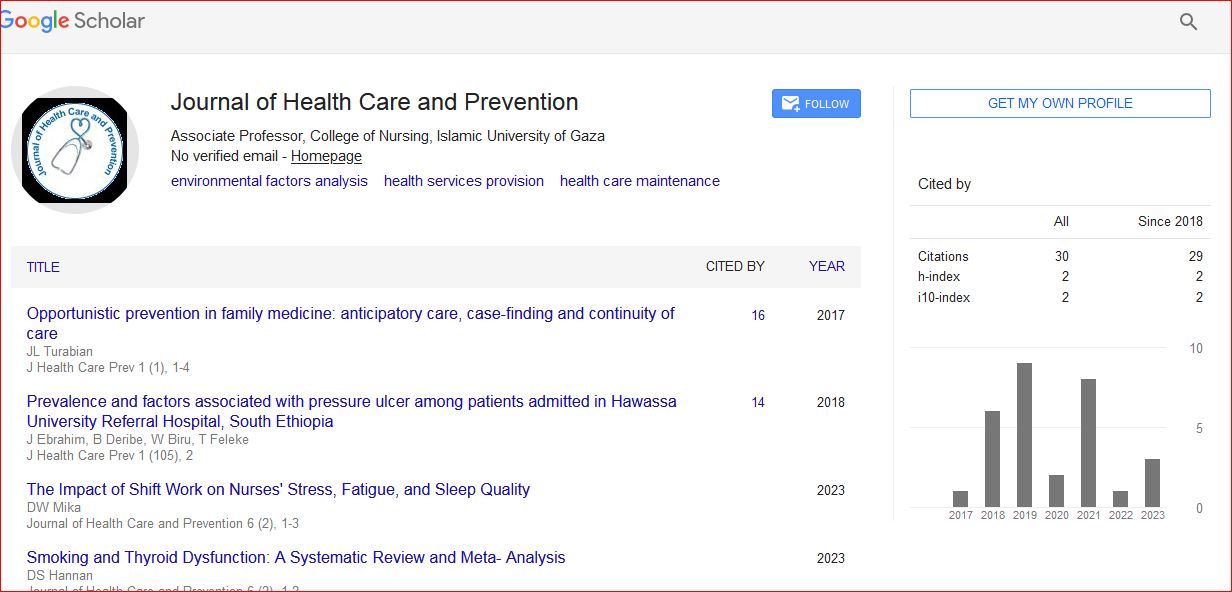Static and Dynamic Balance of the Healthy Elderly Men at Different Times of the Day
*Corresponding Author:
Copyright: © 2020 . This is an open-access article distributed under the terms of the Creative Commons Attribution License, which permits unrestricted use, distribution, and reproduction in any medium, provided the original author and source are credited.
Abstract
Aging refers to the overall biological changes that occur over time and increase with age. In addition, these unavoidable and irreversible changes are not due to disease or natural factors. At the age of 60, most of the body's physiological and mechanical functions decline. The balance of human is both static and dynamic. Static balance means the ability to maintain balance such as standing on the Stork Test, but dynamic balance is associated with movements such as walking and running. Researchers have divided the causes of balance disorders into two categories: external and internal. Factors such as ground unevenness and inappropriate shoes are considered external factors. Internal factors are associated with poor muscle strength, decreased range of motion of the joints, poor visual perception and decreased sensitivity of proprioceptors in joints. Falls are the most widespread consequence of poor balance functions in the elderly. One-third of people over 65 will fall at least once a year. Most falls occur on the flat; falls on the stairs or in the bathroom are relatively rare. More than one-third of patients 65 years of age or older fall each year, and in half of such cases the falls are recurrent. Studies have shown that falls are not a non-specific accompaniment of ageing. They are poorly correlated with `dizziness'. Balance refers to the body's ability to maintain or restore the center of gravity to the level of reliance. In this regard, studies have shown that the static and dynamic strength of the thigh muscles decreases significantly after the age of 50. On the other hand, researchers believe that human neurological and physiological functions are affected by circadian patterns in 24 hours. In addition, metabolic and cognitive processes affecting physical and mental functioning fluctuate at different times of the day. In general, despite the fact that some people do not follow the patterns of the day and night, the common belief is that there are optimal times for each of the many human functions. Circadian or biological rhythms are not created by environmental conditions, but can be adjusted under the influence of external synchronous signals such as different time of day, darkness and light. For example, the effect of circadian rhythm on body temperature has been confirmed by many studies. Body temperature rises before waking up, peaks around 6 p.m., drops again during sleep, and at 4 a.m. it reaches its lowest point. Also, the heart rate, which ranges from 5 to 15%, peaks around 3 p.m. A similar oscillation pattern has been identified for stroke volume, heart rate, and blood pressure. Current information on the impact of circadian rhythms on human balance functions is insufficient and contradictory. Therefore, in the present study, the effect of this factor on elderly male subjects is studied. By studying the quality of the balance functions of the elderly at different times of the day, it is possible to determine when they are more likely to fall and it is also possible to suggest that at what times of the day they should be more cautious to prevent falls. In addition, it can be determined at what time of the day it is best for the elderly to do balance exercises.

 Spanish
Spanish  Chinese
Chinese  Russian
Russian  German
German  French
French  Japanese
Japanese  Portuguese
Portuguese  Hindi
Hindi 
